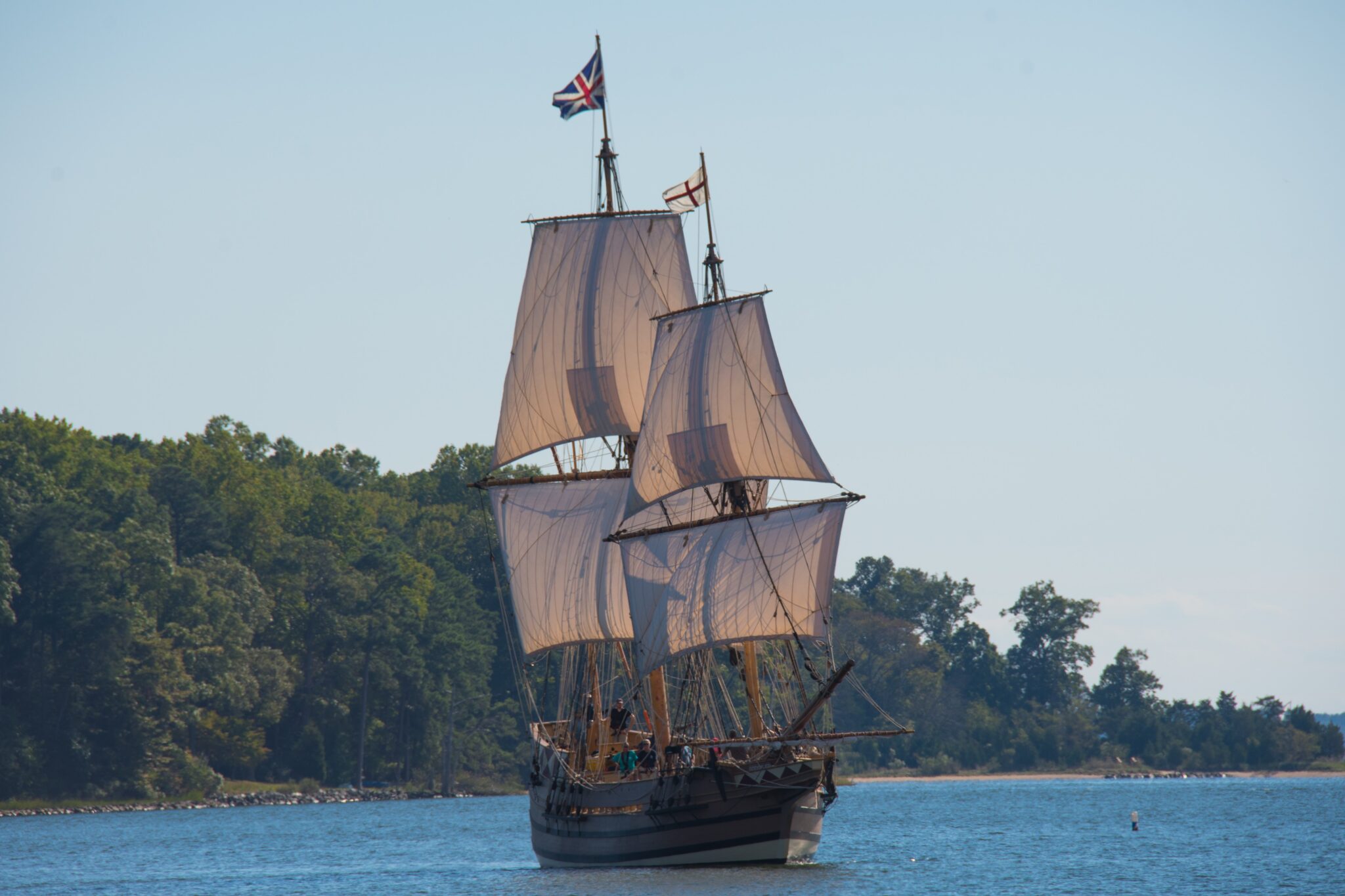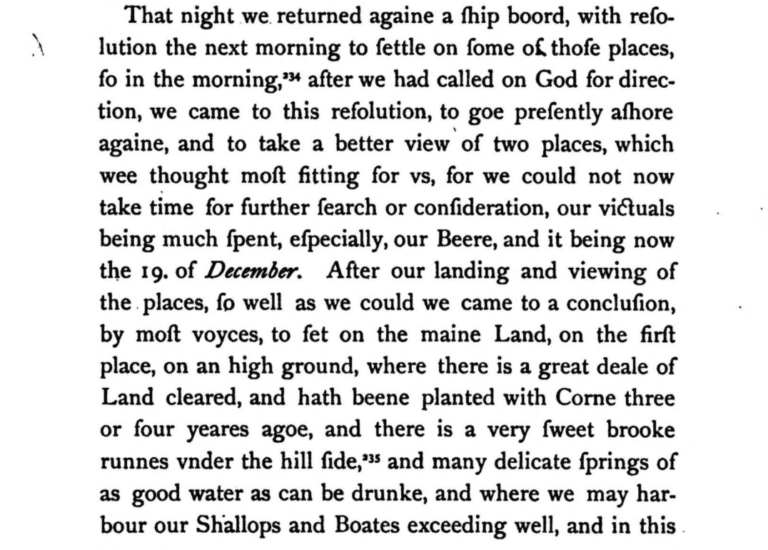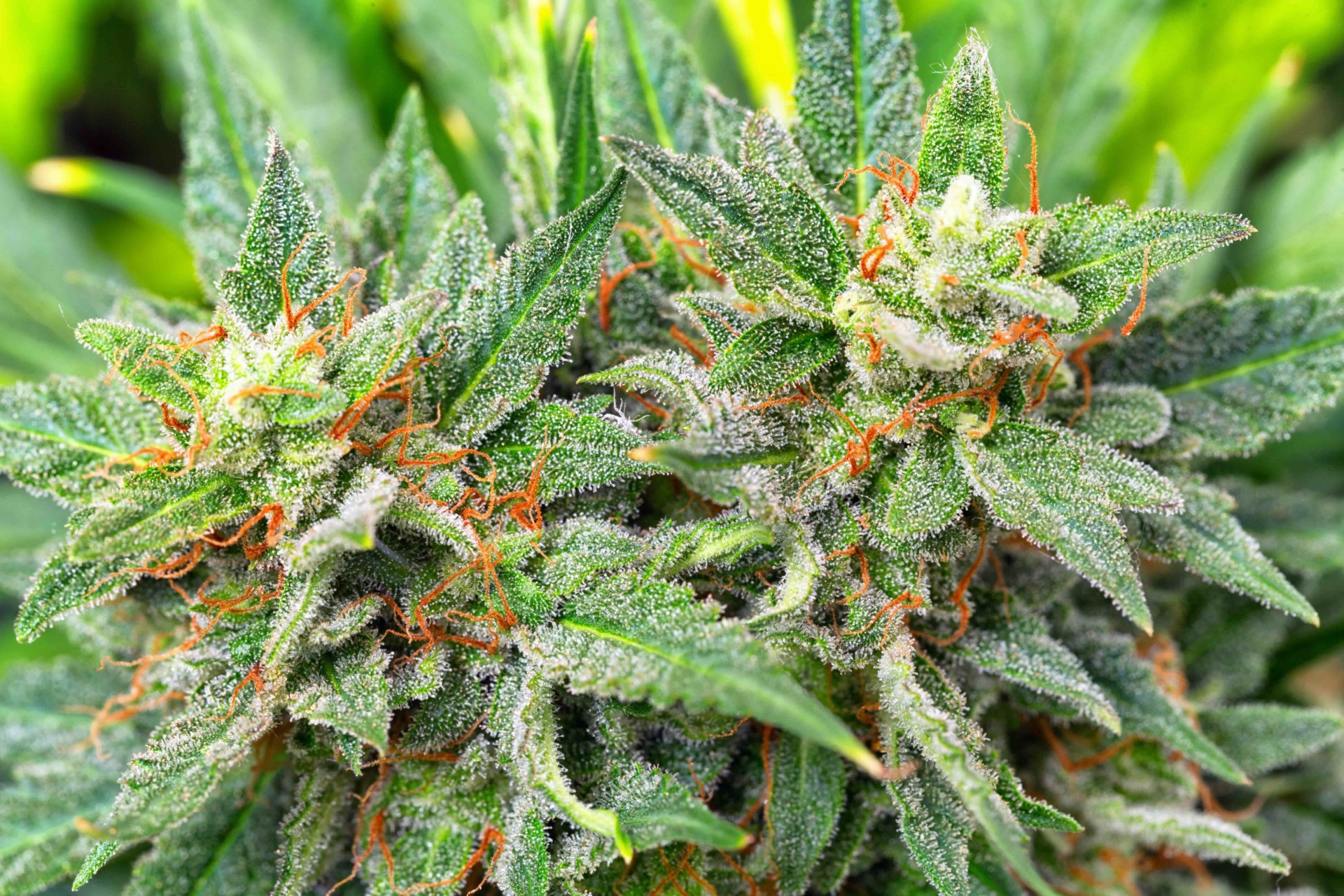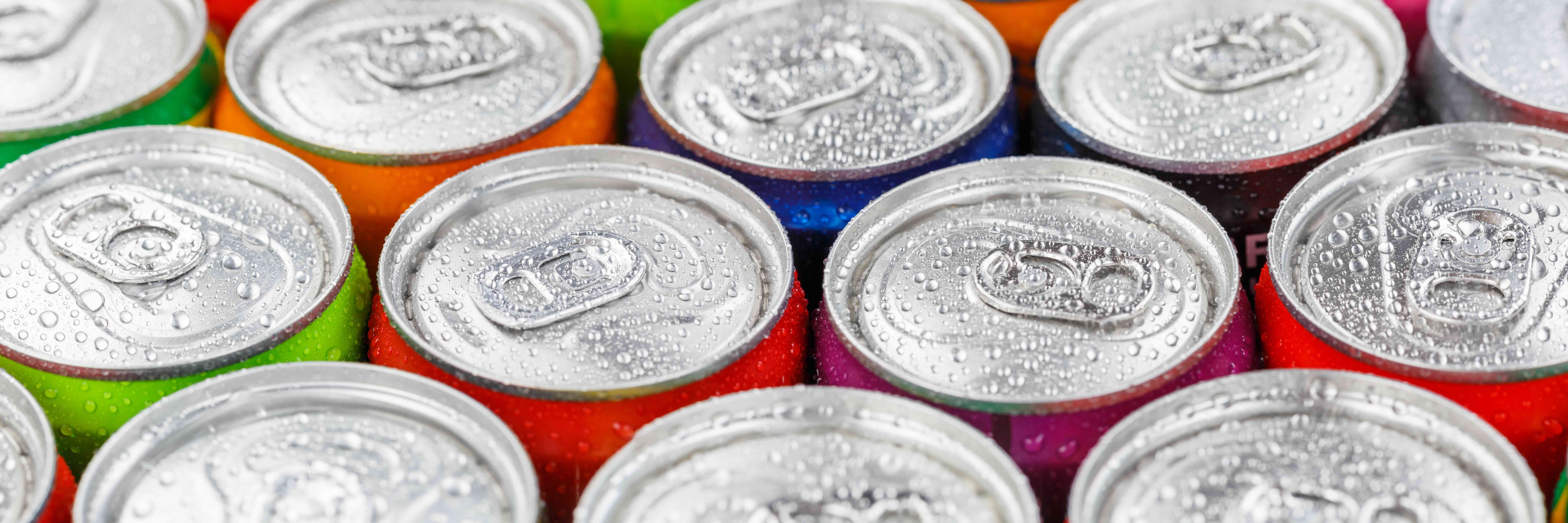
Our Victuals Being Much Spent, Especially, Our Beere: The Story of Thanksgiving
In 1620, the very first New Englanders were lured by lack of beer to settle in a place they weren’t planning on settling.
The Pilgrims actually had Virginia as their destination. Well, technically it was the northernmost part of land chartered to the Virginia Company of London, which is present-day New York City. However, weather forced the political and religious outcasts north about 200 miles to Cape Cod. There the Pilgrims decided to park the Mayflower, illegally (according to their charter), near a stone none of them ever talked about, but we do around this time of year.
William Bradford was one of those aboard the Mayflower, and he kept a journal. His entries during this time would later be published, and they would identify what appeared to be the most pressing reason the Pilgrims decided to get out at Plymouth Rock, instead of course-correcting down to New York. It was beer, or more (or less) accurately, “Beere.”
That night we returned again a ship board [aboard the ship], with resolution the next morning to settle on some of those places, so in the morning, after we had called on God for direction, we came to this resolution, to go presently ashore again, and to take a better view of two places, which we thought most fitting for us, for we could not now take time for further search or consideration, our victuals being much spent, especially, our Beere . . . .
The Pilgrims, like most back in England barreling toward industrialization, drank beer because it was safer than water. They didn’t understand yet that it wasn’t necessarily the beer, but rather the brewing of the beer that killed the deadly bacteria in their city water. The ethanol in beer would have helped kill the bacteria, too. But the Pilgrims wouldn’t have understood that either. Neither the Pilgrims nor anybody else in 1620 knew about bacteria, ethanol, or the yeast that makes ethanol. For that, we needed the microscope to be invented around a half-century later.
Beer would continue to be a point of friction between the Pilgrims, who would be staying in New England, and the mariners who would be taking the Mayflower back to regular “Old” England. The mariners wanted to guard what beer was left for their journey home and refused to give any to the Pilgrims that were getting sick, including Bradford. “[I]n his sickness desiring but a small can of beer, it was answered that if he was their own father he should have none.”
After a brutal winter, only fifty-three of the original 102 Pilgrims were still alive by the Spring of 1621. After the mariners left with the Mayflower and the last of the beer, the Pilgrims went ashore for good and were greeted by an English-speaking Native American named Samoset. After introductions, Samoset asked for some beer, which was apparently the thing the natives longed for the most after the last contact with the English. Unfortunately, these English didn’t have any beer, but they did have some “strong water” (distilled spirits), which Samoset apparently liked, too.
Samoset then introduced the Pilgrims to the other tribes, and a peace was arranged between the settlers and the natives that lasted twenty-four years. This was a New World record at the time. While this peace clearly didn’t last, we descendants today of mostly European settlers still give thanks for it this time of year.
As for the lack of beer, fortunately, the Pilgrims found clean water at Plymouth Rock they could drink without dying. Bradford even compared the water, of course, to beer, and also wine. When responding to the myth back home that water in the New World “is not wholesome,” Bradford apparently wrote, “If they mean, not so wholesome as the good beer and wine in London (which they so dearly love) we will not dispute with them; but else for water it is as good as any in the world (for aught we know) and it is wholesome enough to us that can be content therewith.”
Still, the Pilgrims would only wait as long as they had to before replenishing their stores of good beer. Though we don’t know exactly when the celebration was that we now call the First Thanksgiving, we think it was around September or early October in 1621. There was probably turkey there, as Bradford noted a “good store of wild turkeys” in the fall of 1621. There was probably some fish, too, considering they were at Cape Cod. But perhaps most importantly to the Pilgrims, they had their first crop of recently harvested barley, which meant it was now possible to brew more good “Beere.”

Sources:
Nathaniel Philbrick, Mayflower: A Story of Courage, Community, and War (New York: Viking, 2006).
Susan Cheever, Drinking in America: Our Secret History (New York: Twelve, 2015).
Iain Gately, Drink: A Cultural History of Alcohol (New York: Gotham Books, 2008).
Henry Martyn Dexter, Mourt’s Relation or Journal of the Plantation at Plymouth (Boston: John Kimball Wiggin, 1865), 65, available at https://archive.org/details/mourtsrelationo00dextgoog.





